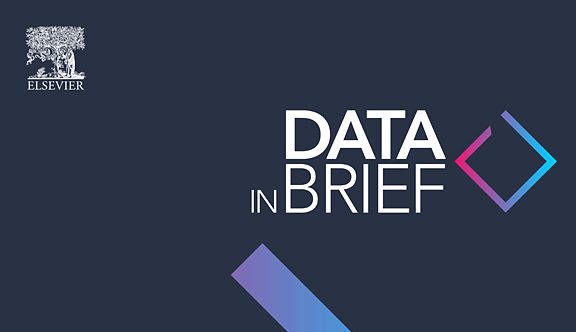Abstract
Bottled water is one of the sources of drinking water in many arid and semi-arid countries, including Iran. The greatest concern is the health effects of exposure to excessive nitrate concentrations in drinking water due to the development of methemoglobinemia in children. Therefore, the present study was aimed at determining the concentration of nitrate and its risk assessment in drinking water bottled in Iran. 71 different bottled water brands were identified in this study. The nitrate concentration in water samples was then measured using an Ion Chromatography No. 4110 in accordance Standard Methods for the Examination of Water and Wastewater. The hazard quotient (HQ) of nitrate was calculated using the formula based on input variables including nitrate concentration, water per capita, body weight and reference dose. The results showed that the concentration of nitrate in bottled water was in the range of 0.146 to 50.1 mg/L (average 10.55 mg/L) in one of which, the concentration of nitrate was higher than the WHO guideline. The mean EDI values for nitrate in different groups of
infants, children, teenagers and adults were 0.0795, 0.5633, 0.3976 and 0.3186 mg/kg, respectively. The mean HQ values for nitrate in different groups of infants, children, teenagers and adults were 0.0528, 0.3737, 0.2638 and 0.2114, respectively. In general, the hazard quotient (HQ>1) for the population consuming bottled water, appropriate strategies should be considered in order to reduce the concentration of nitrate in bottled water.



No responses yet